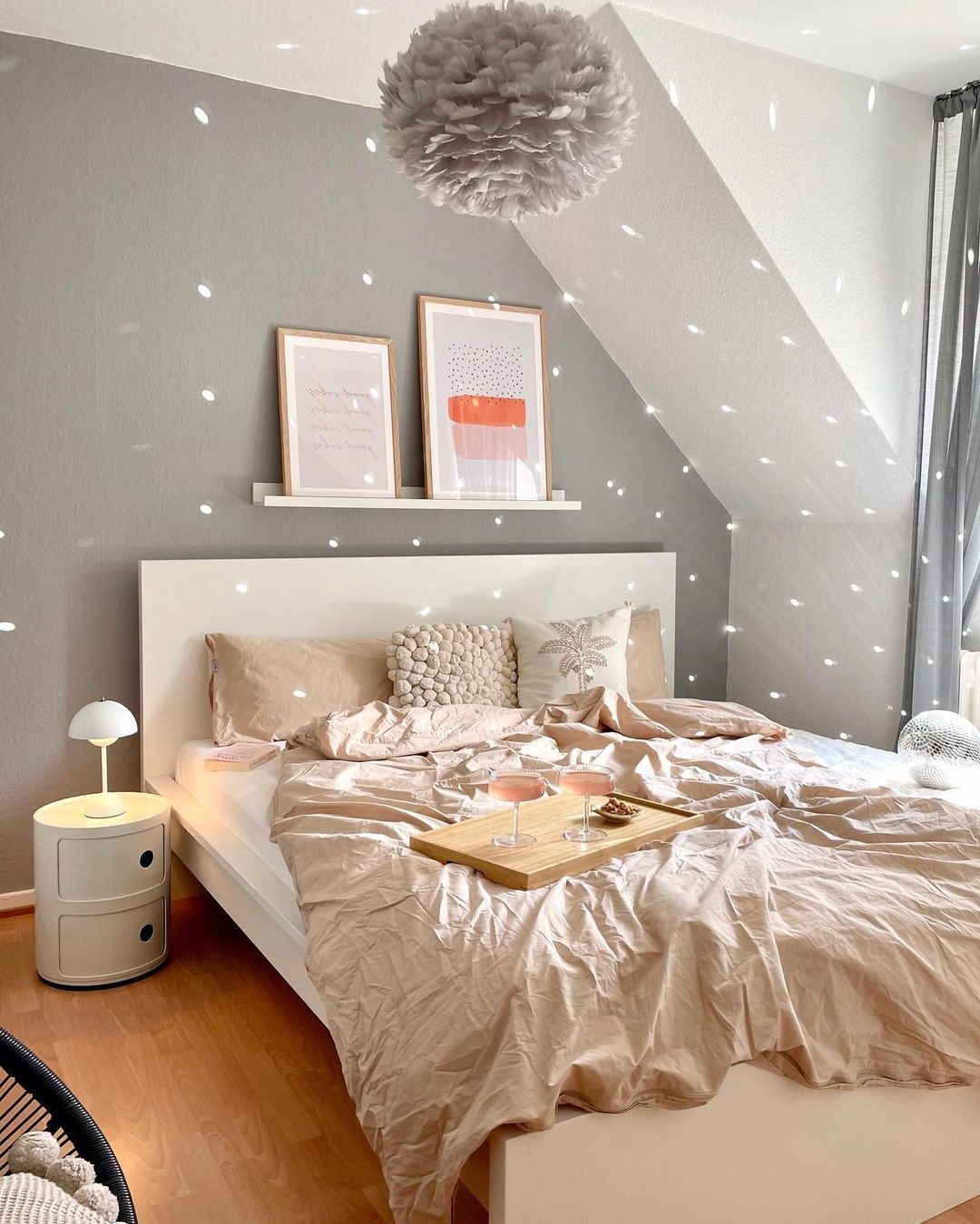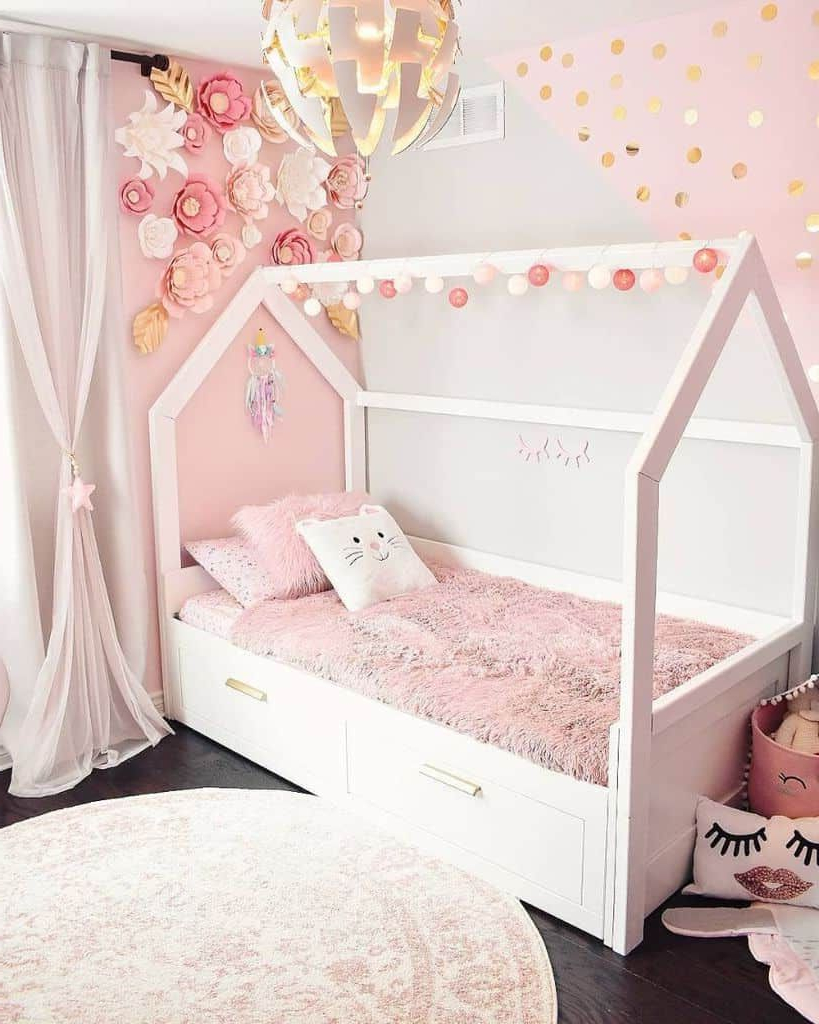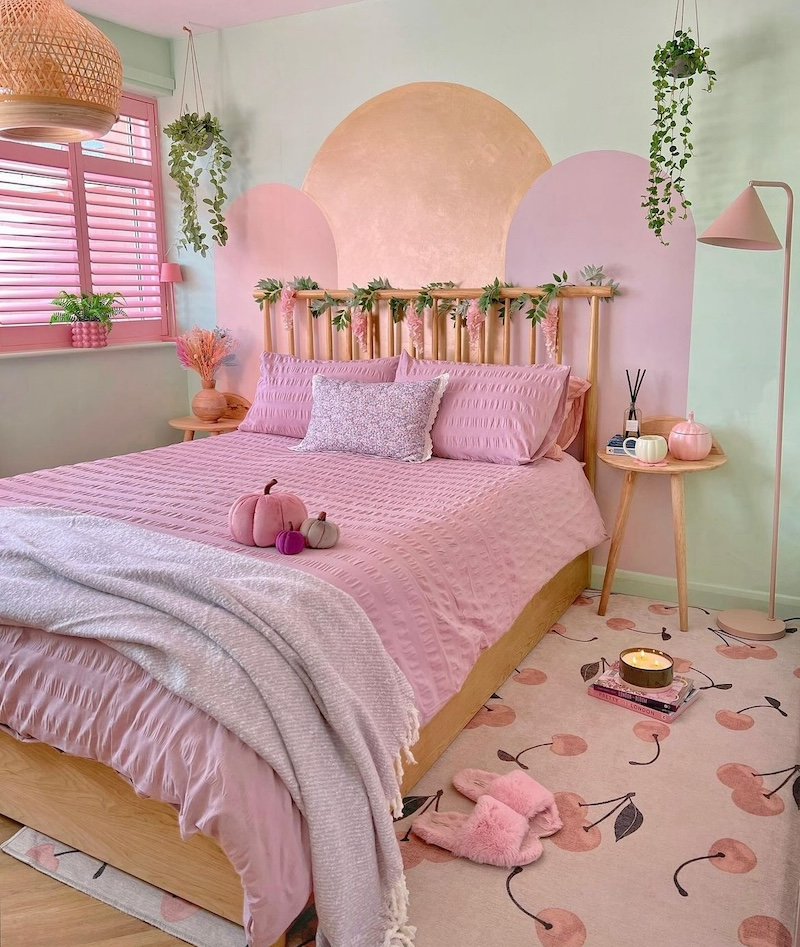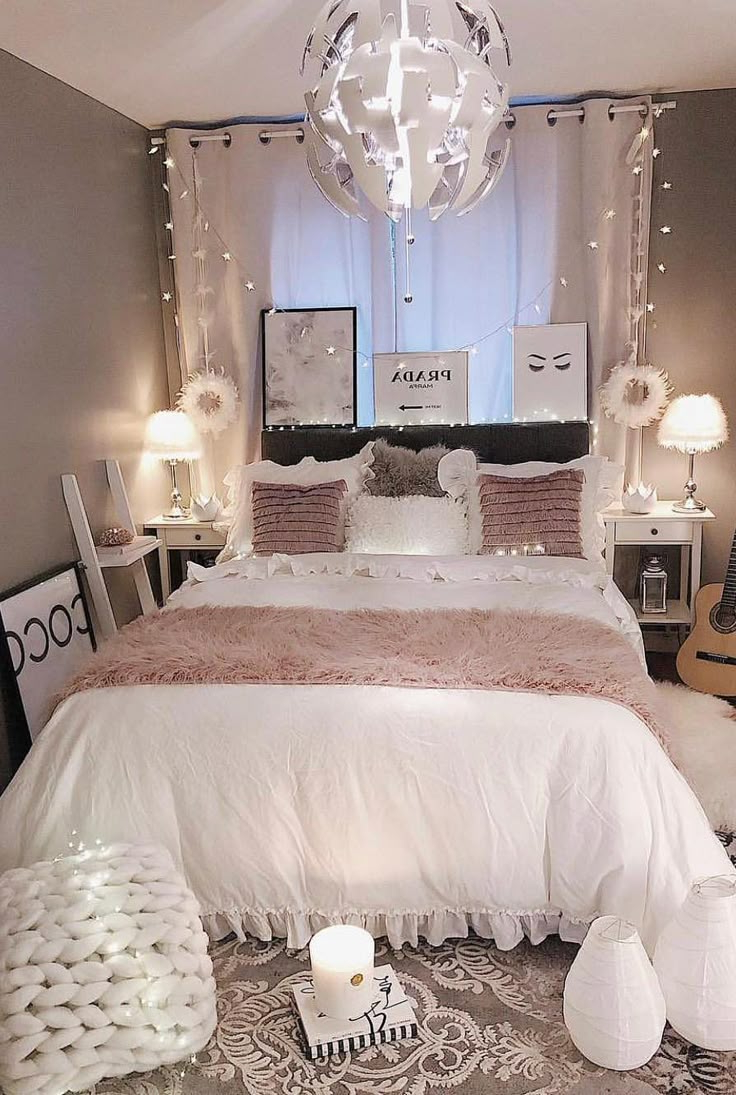Every bedroom deserves to feel like a sanctuary, regardless of its size. Whether you’re dealing with a cramped studio apartment or a compact dorm room, there are powerful techniques to make your sleeping space feel expansive and luminous. It’s not just about buying bigger furniture—it’s about smart design choices that play with light, create visual illusions, and optimize every inch.
Living in a small space can sometimes feel limiting, especially when it comes to our most personal retreat—the bedroom. But here’s the thing: size doesn’t have to dictate comfort or beauty. The right approach can completely change how your bedroom feels. You might think that tiny rooms can’t possibly feel bright or spacious, but that’s far from true. With thoughtful planning and creative solutions, even the smallest bedroom can become a peaceful haven that feels both open and cozy. Let’s explore the secrets behind making those limited square feet feel infinite.
Maximizing Natural Light
Natural light is the ultimate mood booster for any room, particularly small spaces. The more sunlight that enters your bedroom, the less claustrophobic it will feel. Start by ensuring your windows are clean and unobstructed. Consider removing heavy curtains in favor of sheer or light-filtering options that let in light while maintaining privacy. Light-colored window treatments, such as white or pastel shades, reflect rather than absorb light. You can also add mirrors strategically to bounce light around the room. A single large mirror can make a huge difference in how your space feels. Think about the placement carefully—position it opposite a window so it catches and reflects natural light throughout the day.
Choosing the Right Color Palette
Color has the power to either trap or release energy in a space. For small bedrooms, lighter colors are your best friend. White walls create a sense of openness and allow light to bounce off surfaces. If you want to add some personality, consider soft blues, pale greens, or warm beige tones. These hues feel calming and spacious. Avoid dark colors like deep browns or blacks unless used sparingly as accent colors. When painting, remember that consistency matters—keep your walls, ceiling, and trim in similar tones to create a seamless flow. You might even try a subtle gradient from light to slightly darker at the ceiling to draw the eye upward, making the room feel taller.
Strategic Furniture Placement
Furniture placement is crucial in small spaces. The key is to keep pathways clear and avoid blocking light sources. Position your bed against a wall that doesn’t block windows, and leave enough space around it for easy movement. Consider using furniture with exposed legs, such as beds with slatted bases or coffee tables that don’t touch the floor. This creates visual air underneath and makes the space feel less cramped. Floating shelves and wall-mounted storage reduce floor clutter and create a sense of openness. Don’t forget to measure everything before purchasing—many people buy furniture that looks great in a catalog but becomes a space killer in reality.
Smart Storage Solutions
Clutter is the enemy of spaciousness. The more visible items you have in your bedroom, the smaller it will feel. This is where smart storage becomes essential. Look for furniture that doubles as storage—platform beds with built-in drawers, nightstands with hidden compartments, or ottomans that store blankets and linens. Vertical storage is particularly effective in small spaces. Install tall shelving units that reach the ceiling to make the most of available height. Under-bed storage containers can hold seasonal clothing or extra bedding without taking up precious surface area. Remember to declutter regularly—what you don’t need shouldn’t take up space in your sleeping sanctuary.
Lighting That Enhances Space
Good lighting is one of the most powerful tools in shaping the mood and functionality of your bedroom. It goes far beyond simply flipping a switch it’s about curating a layered lighting plan that enhances both aesthetics and comfort. Thoughtful lighting design adds depth, balance, and emotion to a space, making it feel more open, inviting, and versatile. Start with ambient lighting, such as a ceiling fixture or recessed lights, to provide general illumination and set the overall tone. Then, introduce task lighting bedside lamps, wall sconces, or reading lights to support specific activities like reading or journaling. Finally, incorporate accent lighting, such as LED strip lights beneath floating shelves, behind your headboard, or soft-glowing picture lights to create visual interest and highlight architectural or decorative elements.
When selecting fixtures, pay attention to scale and proportion. A large chandelier might serve as a beautiful focal point in a spacious bedroom, but it can easily overpower a smaller one. Conversely, petite lamps in a large room may feel insignificant. The key is to balance functionality with aesthetics. Consider using warm-toned LED bulbs to promote relaxation and reduce blue light exposure before bedtime this small change can greatly improve your sleep quality. Dimmer switches are also invaluable, allowing you to fine-tune the brightness depending on your mood or the time of day. In the morning, brighter light energizes and helps you wake up; in the evening, a soft glow encourages your body to wind down.
Ultimately, good lighting design transforms your bedroom into a dynamic environment that adapts to your needs whether you’re getting ready for the day, reading a book, or settling into deep rest. With the right balance of layers, tones, and textures of light, your room becomes not just functional, but emotionally nurturing a true sanctuary for body and mind.
Visual Tricks and Design Elements
Sometimes the most powerful changes come from simple visual tricks. Horizontal stripes on walls or bedding can make ceilings appear higher, while vertical stripes can make walls seem longer. Large patterned artwork or a single statement piece can draw attention away from small proportions and toward interesting details. Mirrors aren’t just decorative—they’re functional tools for expanding perception. Place them to reflect light sources or views outside the room. Creating a focal point, whether it’s a beautiful window, a unique piece of art, or a stunning bed arrangement, helps guide the eye around the room instead of making it feel cramped. Don’t overlook the importance of texture either—soft fabrics and natural materials can add warmth without adding bulk.
Making a small bedroom feel larger and brighter isn’t about magic—it’s about understanding how light, color, and design work together to create the illusion of space. Every decision you make, from choosing the right paint color to positioning your furniture strategically, contributes to your overall experience. The goal isn’t to make everything look expensive or overly designed, but rather to create a space that feels calm, functional, and expansive. Remember, it’s not about having more stuff—it’s about making smarter choices with what you already have. With these principles in mind, your bedroom can become a peaceful refuge that feels much bigger than its actual measurements suggest. Whether you’re working with a studio or a converted closet, these strategies can transform your sleeping environment into something truly special.















